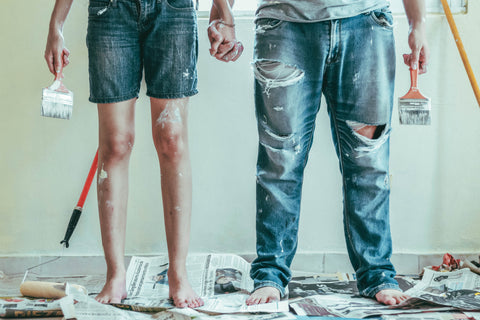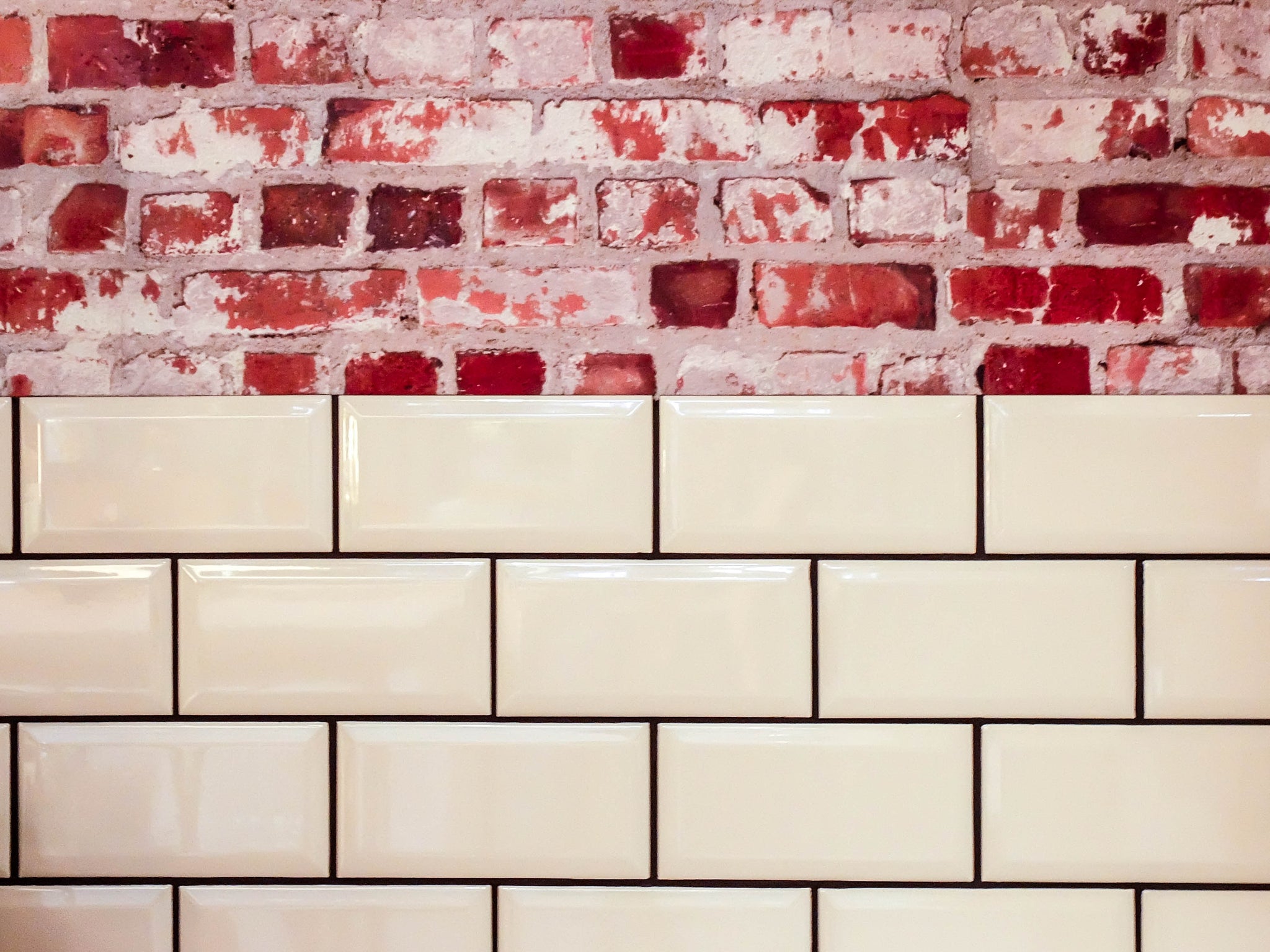




To the DIYers who want to have a go at tiling for themselves, this is a blog for you! We've put together a selection of considerations that are crucial to making sure you get your tiling off to the best start. For those of you that are extra keen, we've put together an even more detailed FREE PDF download that if filled with even more product recommendations for the job and top tips to make your job a success.
For those DIY enthusiasts out there, we know it can be tempting to dive right in, but it is so important to take time to plan out exactly how many tiles will be needed and where each tile will be placed. This will prevent tiles having to be cut to fit into the gaps left from not measuring properly. In order to make your tiling as neat as possible, you must measure the length of the tile and divide it by the length of each individual tile. That way, you will know exactly how many tiles will fit in and reduce the amount of waste. As the old proverb so rightly suggests: Measure twice, cut once. It's better to measure twice and get it right than measure once, or not measure at all, and get it wrong.
This is one that always catches people out, the purchasing of Tiles. Did you know tiles are manufactured in batches? Similar to wallpaper, when purchasing tiles, we recommend to check the batch number on each box of tiles. There may be slight variations in the same type of tile for example, different lengths or slight variations in colour. This could really ruin the job and that’s just not what you want! When it comes to the job, we also recommend mixing the tiles from the boxes as you go. e.g. lets say you have Box A, Box B and Box C. Rather than going all out with Box A, then moving onto Box B, and finally Box C; its actually better to mix from the boxes as you tile. This ensures if there are any colour or shade differences they won't be as easily noticed!
When choosing your grout, it is important to acknowledge that the type of grout you need to purchase will depend on the type of tile you are using, do your research! If you are tiling with a natural tile stone, you will need to purchase a sealant. We've packed a lot more info on this step into our Free PDF download which you can access here.
We may be biased… But we recommend Recoil kneepads, they’re the best for protecting your knees!
Make sure the walls are clean, flat and free of any debris. Remove any crumbling plaster and fill holes with plaster. Plaster can take up to 2 months to dry, so ensure this is properly set before putting on your tiles. To ensure the walls are flat, you may wish to use a spirit level. Download the our PDF for more suggestions and recommendations on the types of tools that can make this step even easier.
Using a laser level find a level point which runs the whole way around the room. This should be one tile from the baseboard. Mark the wall all the way along this line and do the same with a vertical line upwards. This will ensure the tiles are straight and neat.
Working in small areas at a time, Apply the adhesive, put down a tile, shuffle it into place, check that its flat with a spirit level and put in a spacer. Repeat this process until the wall is complete. To find out more about spacers and levelling systems read more in our PDF guide here.
Allow the adhesive to set for 24 hours and then grout the tiles. Spread the grout between tiles and use your finger to neaten grout line. Once you have finished and grout has hardened wash tiles.